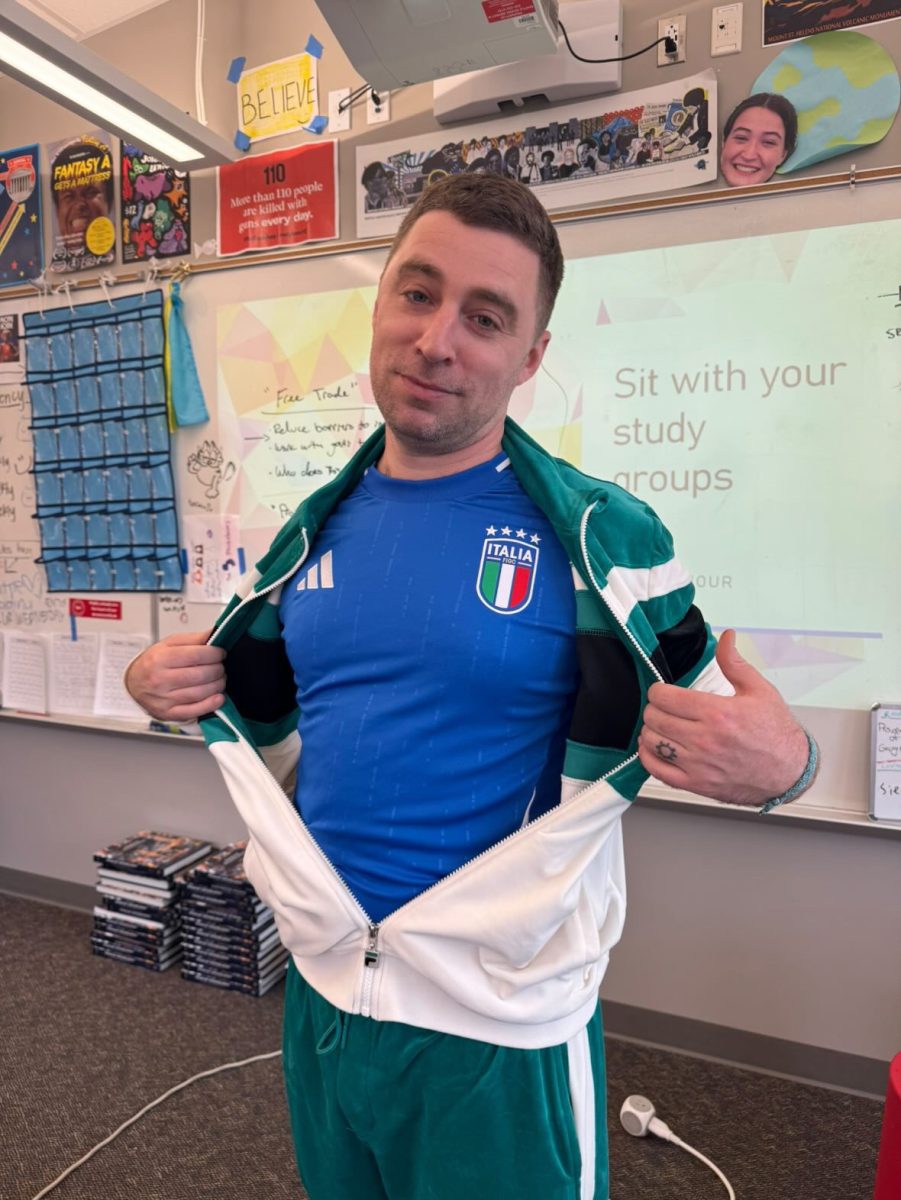Language programs are a privilege that have been dwindling in schools as of recent years. Learning a new language can be a challenge that colleges love to see, especially when a student performs well at higher levels. Every day around the country, students sit down and are presented 50 minutes of pre-planned slides, units, and learning points, all catered to reach a level of fluency required for the end of the course.
The AP Spanish test is complex and long, with two multiple choice and two free response sections. Teaching enough content in 9 months to fully prepare a student to excel on an exam of this magnitude is hard enough, and learning this information doesn’t leave much opportunity for students to wonder where it all came from.
As a student, I’ve never given much thought to how the learning materials presented to me are created. I’m typically too focused on actually using them to wonder who made them, how long it took, or what kind of planning went into that process.
Earlier this week, I overheard my Spanish teacher talking about the curriculum and what is expected of her as a teacher when it comes to creating the content we learn in class. I wanted to hear more, so I set up an interview.
Profe Hawley told me about her teaching process, what resources she has, how much time she spends working, and her collaboration with other teachers. “For AP Spanish, we have textbooks, and that’s really the one main resource we have as teachers,” she began. “In this class, any slideshow that you see, every single word on the slide, all of your tests and exams are crafted from scratch by me.”
I was astonished to learn how time consuming this process is, and how many unpaid extra hours my teachers, not only for AP Spanish, work to support our learning to a suitable level. “As a first year teacher,” she informed me. “I probably worked around 60 hours a week.”
How many hours is she actually making money? Only around two thirds of her weekly hours are paid, and she often uses her weekends to plan and meet up with other Spanish teachers. In general she told me that most of our teachers work more time outside of school than we do.
An interesting follow up to this discussion was when she told me about her most time consuming process. The course resources for a teacher, at least for her classes, don’t provide a suggested time frame for teaching each unit. Not only does she have to intricately plan all lessons, worksheets, and tests, but she says, “It takes me hours to work backward and estimate what part of the curriculum we need to reach by certain dates.”
Specifically for AP classes, a special certification process during the summer is also required. This isn’t funded by the school, so teachers have to pay around $1,000 out of their own pocket to even be able to teach at this level.
This barely scratches the surface of the lengths teachers go to in order to support our learning, and they aren’t even required to. It shows how much of our success falls into the hands of others, and the incredible amount we underestimate and underappreciate the work that they do.



























